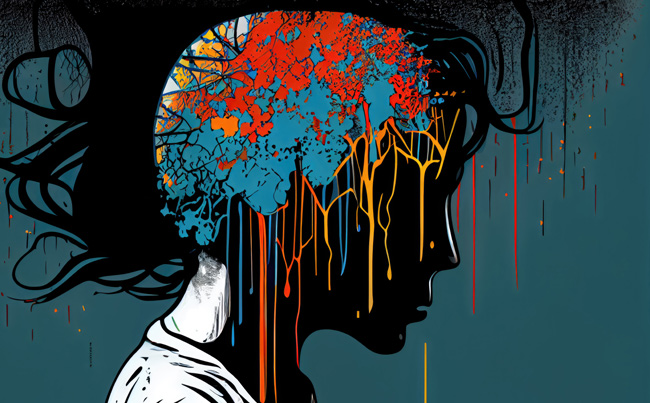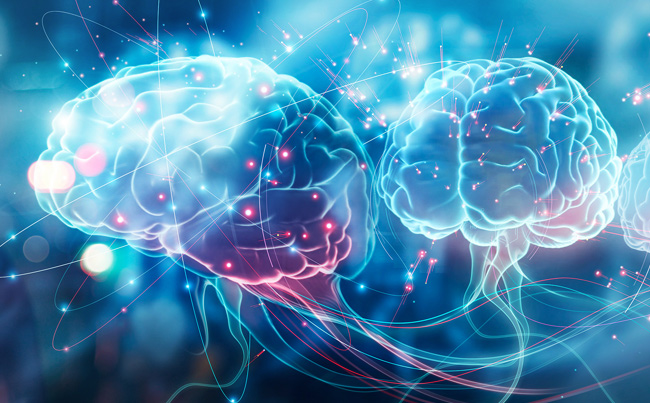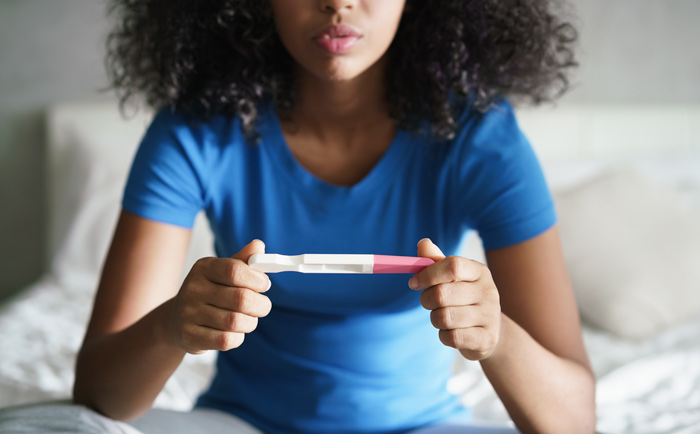Lyme Disease
Lyme Disease
PANS and PANDAS Overview
Lyme disease and PANDAS
History of PANDAS

PANS / PANDAS Triggered by multiple infections
More recently, scientists have discovered that a range of infections, not just strep, can trigger the PANDAS symptoms. These additional infections include Lyme disease, mono, mycoplasma (walking pneumonia), the flu and others.
As a result, the NIMH proposed including a broader category, PANS, or pediatric acute-onset neuropsychiatric syndrome, to refer to those cases where other infectious agents are triggering the symptoms. PANDAS is a subset of PANS. It did not replace PANDAS.
Lyme and PANS Connection
Lyme disease and PANS share similarities. Although B. burgdorferi (the organism that causes Lyme disease) and GAβHS (the pathogen that causes strep) are vastly different microorganisms, they can both evade the immune system and invade a wide variety of tissues, including the central nervous system (CNS).
Additionally, both can cycle between episodes of active disease and periods of remission. Physical, neurological, and cognitive symptoms can occur with each, and clinical presentations are very much alike.


PANS & PANDAS Diagnosis
Early diagnosis of Lyme disease and/or PANS is important since treatment for each may differ and delay can result in worsening of symptoms. Like Lyme disease, PANS is a clinical diagnosis, with physicians first ruling out other neurological or medical causes, such as Sydenham chorea or Tourettes.
The diagnostic criteria for PANS includes: (1) An abrupt, dramatic onset of obsessive-compulsive disorder or severely restricted food intake; (2) Concurrent presence of at least two additional neuropsychiatric symptoms, with similarly severe and acute onset (listed below) and (3) Symptoms which are not better explained by a known neurologic or medical disorder.
Early diagnosis of Lyme disease and/or PANS is important since treatment for each may differ and delay can result in worsening of symptoms.

PANS & PANDAS Symptoms
Neuropsychiatric symptoms: anxiety, emotional lability and/or depression; irritability, aggression and/or severely oppositional behaviors; behavioral (developmental) regression; deterioration in school performance; sensory or motor abnormalities; somatic signs and symptoms, including sleep disturbances (night terrors, difficulty falling or staying asleep or waking too early), or urinary frequency.
Urinary symptoms can be the initial complaint. One study found that 7 out of 12 PANDAS patients presented with urinary symptoms, including the new onset of night-time bedwetting, daytime urinary frequency, and an urgency to void, without evidence of urinary tract infection. 1
Hyperactivity, impulsivity, deterioration in handwriting, separation anxiety, and decline in school performance were significant traits in the initial neuropsychiatric episode, according to another study. Other symptoms included inattention, mood swings, and oppositional defiant behavior. The most common obsessions were aggression and contamination. The most common compulsions were washing, cleaning, and checking rituals. 2
During a PANS flare-up, or exacerbation, the most common symptoms identified were: labile emotions, decline in school performance, personality changes, bedtime fears/rituals, and restlessness.
PANS & PANDAS Testing
Laboratory tests may support a clinical diagnosis. Confirmation of GAβHS infection can be performed with the rapid antigen detection test (RADT). However, a throat culture is more reliable and may require up to 2 days for confirmation. It’s important to note that strep infections can reside elsewhere in the body that are not identified in testing. And it’s not uncommon to have PANS patients who do not have high strep titers.

Antibiotic treatment alone can be sufficient for PANS / PANDAS

PANS & PANDAS Treatment
Antibiotic treatment alone can be sufficient. For patients who do not have symptomatic relief with antibiotics alone, intravenous immunoglobulin (IVIG) therapy or plasma exchange can be used. The results vary.
In one study, double-blind, randomized controlled trials of IVIG, plasma exchange (not blinded), or placebo showed statistically significant improvements in obsessive-compulsive behaviors, neurologic tics (plasma exchange only), global impairment, anxiety, global severity, and emotional lability. However, longitudinal studies with longer follow-up are needed to determine remission rates or rebound effects. 3
- Murphy ML, Pichichero ME (2002.) Prespective identification and treatment of children with pediatric autoimmune neuropsychiatric disorder associated with group A streptococcal infection (PANDAS). Arch Pediatr Adolesc Med 156:356-361.
- Bernstein GA, Victor AM, Pipal AJ, Williams KA. Comparison of clinical characteristics of pediatric autoimmune neuropsychiatric disorders associated with streptococcal infections and childhood obsessive-compulsive disorder. J Child Adolesc Psychopharmacol. 2010;20(4):333–340.
- Perlmutter SJ, Leitman SF, Garvey MA, et al. Therapeutic plasma exchange and intravenous immunoglobulin for obsessive-compulsive disorder and tic disorders in childhood. Lancet. 1999;354(9185):1153–1158.
More About Lyme Disease
Learn More
Learn More
Learn More



